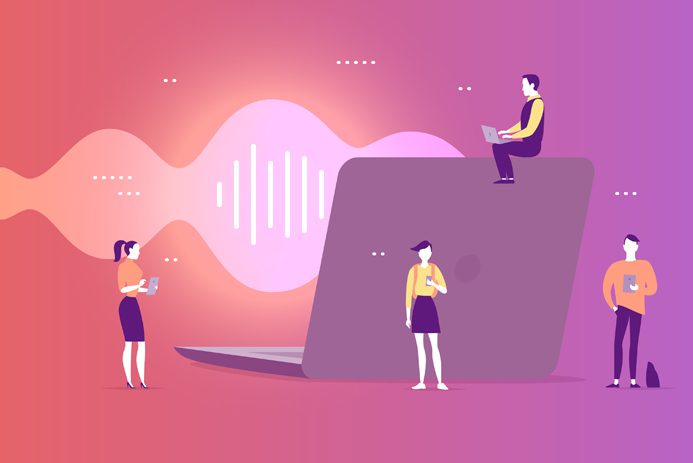You’re already aware of the versatility a remote access software can bring to a range of different industries, and the sheer range of uses it encompasses.
When you add in an audio component, the possibilities are more wide-ranging than ever. From remotely editing audio and video files, to monitoring alarms from medical equipment, the applications are extensive.
Radio & broadcasting
Radio stations and broadcasters can face a range of operational challenges, particularly in rural areas. It may be that there is a lack of staffing, or that the station is in an area difficult to access because of adverse weather conditions. Remotely accessing the equipment required to keep a station on air is a huge piece of the challenge.
The ability to hear audio from the devices being accessed opens up a much broader range of possibilities. With remote audio, it is possible to ensure the correct audio files are being broadcast in real-time, that the sound quality is up to par, and that the broadcast remains up and running when needed. Not only that, but broadcasters can check that files queued are correct, without the need to download them locally in order to hear the audio.
Multimedia designers
Having remote access with audio enabled opens up the capability for people in creative industries to work from outside of the office. The high-tech software designers need is often expensive, their files are large, and the computers needed to handle them need to be powerful.
All this means that in order to work remotely you’d need all the features of your desktop anywhere you are. Many of these issues were solved with remote access, and with added audio features, it’s just like being at your desk – every feature needed for editing a video or file, wherever you are. You can learn more about how multimedia designers can benefit from remote access here, where we interviewed our graphic designer.
Screen readers
Accessibility can often be overlooked, especially when you don’t require it, but it’s essential for millions of people around the world. Using remote access alone can assist people with disabilities to work remotely, access their computer from a tablet or phone when they are bed-bound, and numerous other functions that many of us take for granted.
Adding audio into the remote access mix opens up the possibility for screen reading software to be used on a remote computer. Previously this wouldn’t be possible, as the sounds from the reader on a server computer would not be transmitted to the user’s viewer. This functionality gives visually impaired users the ability to use remote access where they formerly could not.
Medical
In the medical field time is of the essence, and knowing when something is not right quickly can mean the difference between life and death. Many medical monitoring devices will sound an alarm when a patient is in distress, but if nobody can hear it, the patient won’t receive the help they need. Being able to remotely access a monitoring device and hear the alarm even when out of earshot could save lives. An alarm tends to be more noticeable than a notification on a screen – you can look away from a screen easily, but sound tends to be unavoidable.
The applications for audio within remote access are many, and likely include many we don’t know about, and possibly those we would never have thought of! If you use audio and remote access in a unique or specialized way, we’d love to hear your thoughts.
If you’re yet to experience the immersive HD audio now available in VNC Connect, you can find out more here.













